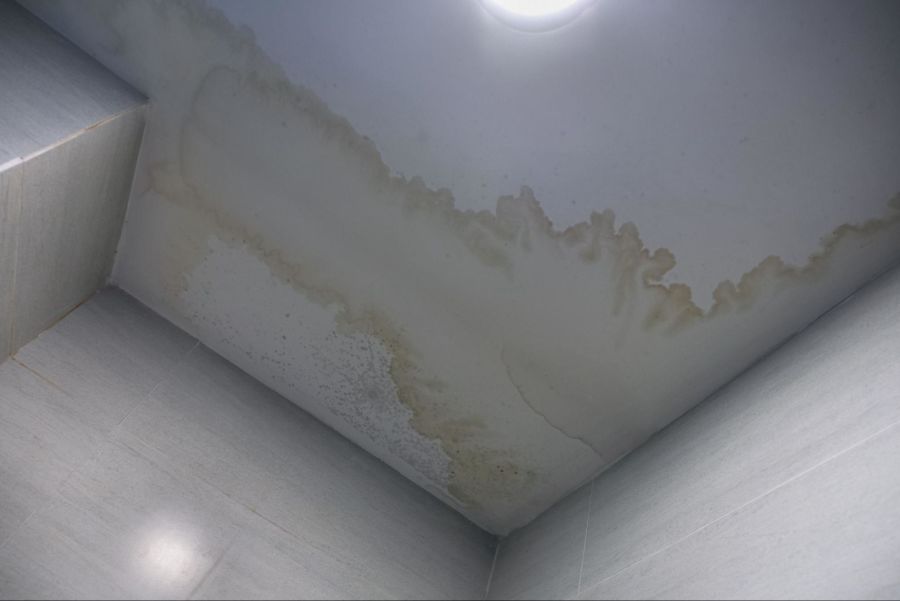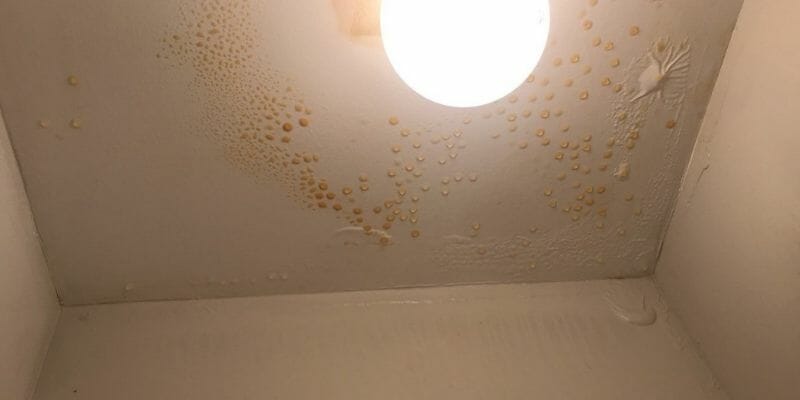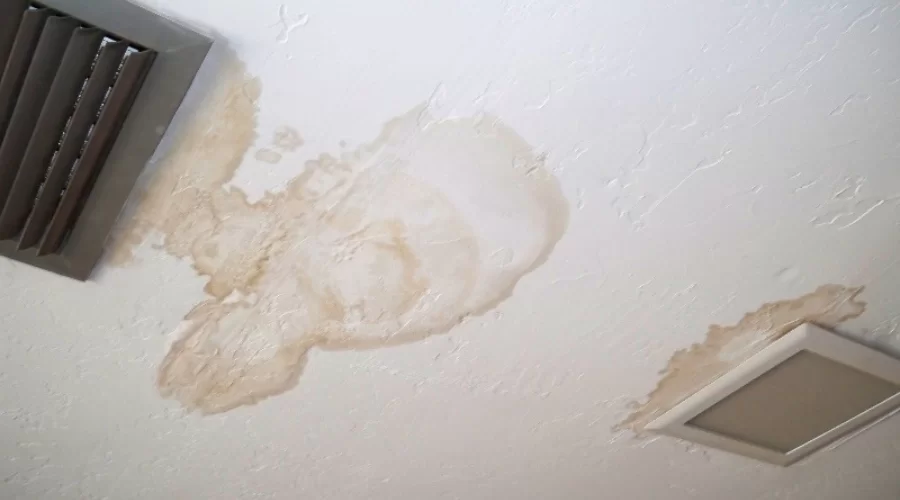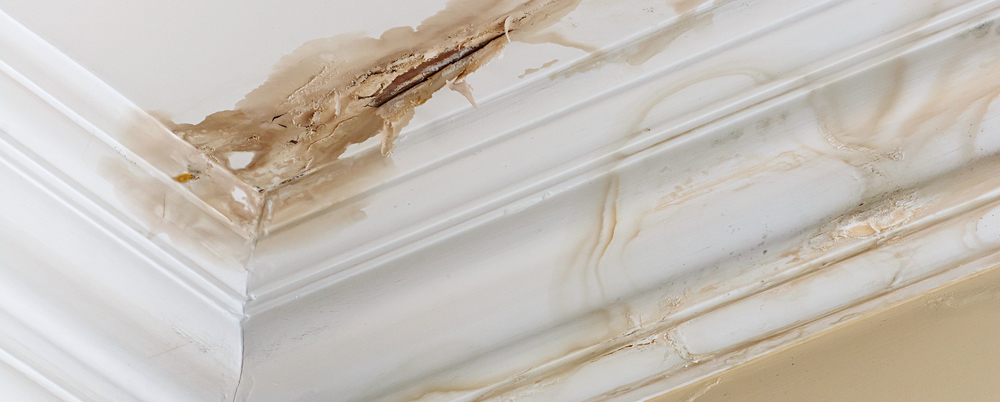Experiencing a leak through the ceiling light can be a perplexing and concerning situation for homeowners. In this comprehensive guide, we will delve into the causes, consequences, and effective solutions for a leak through the ceiling light, shedding light on this unexpected issue.
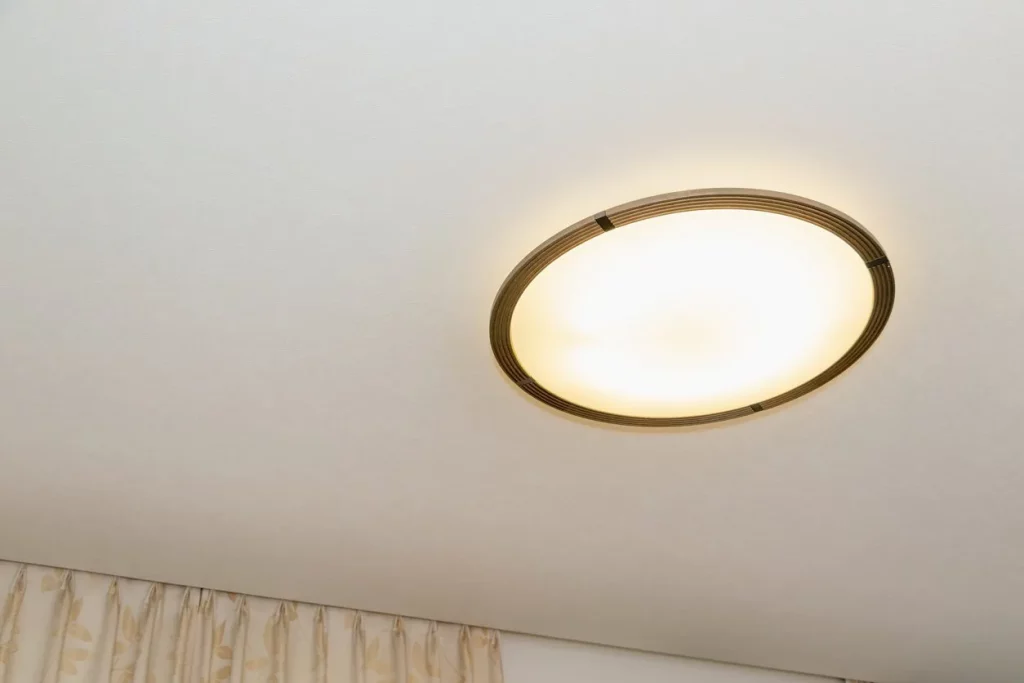
Understanding the Phenomenon: Leak Through Ceiling Light
A leak through the ceiling light is more than just an inconvenience—it’s a potential indicator of underlying problems within your home. Let’s explore the various factors that could contribute to this issue and how to address them.
Investigating the Causes of Leak Through Ceiling Light
Identifying the root cause of a leak is crucial for effective resolution. Below are common culprits behind this phenomenon:
- Roof Leaks: Damaged or aging roofing materials can lead to water infiltration, causing leaks that may find their way into the ceiling light fixtures.
- Plumbing Issues: Leaky pipes, burst plumbing fixtures, or faulty connections within the home’s plumbing system can result in water seepage, leading to leaks through the ceiling light.
- Condensation Concerns: In some instances, condensation may form within the ceiling and light fixtures, mimicking a leak. Poor ventilation and insulation can contribute to this issue.
Consequences of Ignoring Leak: Beyond Aesthetics
Neglecting a leak can have severe consequences, extending beyond the cosmetic impact. Mold growth, electrical hazards, and compromised structural integrity are potential outcomes of overlooking this issue.
Addressing the Issue: Strategies for Resolving Leak
- Immediate Action: When you notice a leak, take immediate action to turn off the power in the affected area. This helps prevent electrical hazards and potential damage to the light fixture.
- Identifying the Source: Thoroughly inspect the area to determine the source of the leak. Is it stemming from the roof, plumbing, or is it a result of condensation? Identifying the origin is essential for effective resolution.
- Roof Repairs: If the leak is traced back to the roof, prompt repairs or roof replacement may be necessary. Addressing damaged shingles, flashing, or other roofing components is crucial.
Preventive Measures to Safeguard Against
Preventing future occurrences of a leak involves implementing strategic preventive measures. Consider the following:
- Regular Roof Maintenance: Schedule regular inspections and maintenance for your roof to identify and address potential issues before they lead to leaks.
- Plumbing Inspections: Routinely inspect and maintain your home’s plumbing system. Promptly address any leaks or plumbing concerns to prevent water damage and ceiling light leaks.
- Enhance Ventilation: Improve ventilation within your home to mitigate condensation-related issues. Proper airflow helps prevent moisture buildup within the ceiling and light fixtures.
Read too: Understanding and Addressing a Condensation Leak in the Ceiling: Decoding the Drip
Conclusion: Illuminating Solutions for a Leak-Free Ceiling Light
In conclusion, a leak is a multifaceted issue that demands prompt attention and strategic resolution. By understanding the causes, consequences, and implementing preventive measures, homeowners can safeguard their homes from the challenges posed by a ceiling light leak.
Don’t let a leak cast a shadow on the safety and comfort of your home. Take proactive steps, address the root causes, and enjoy a well-illuminated, leak-free living space for years to come.
